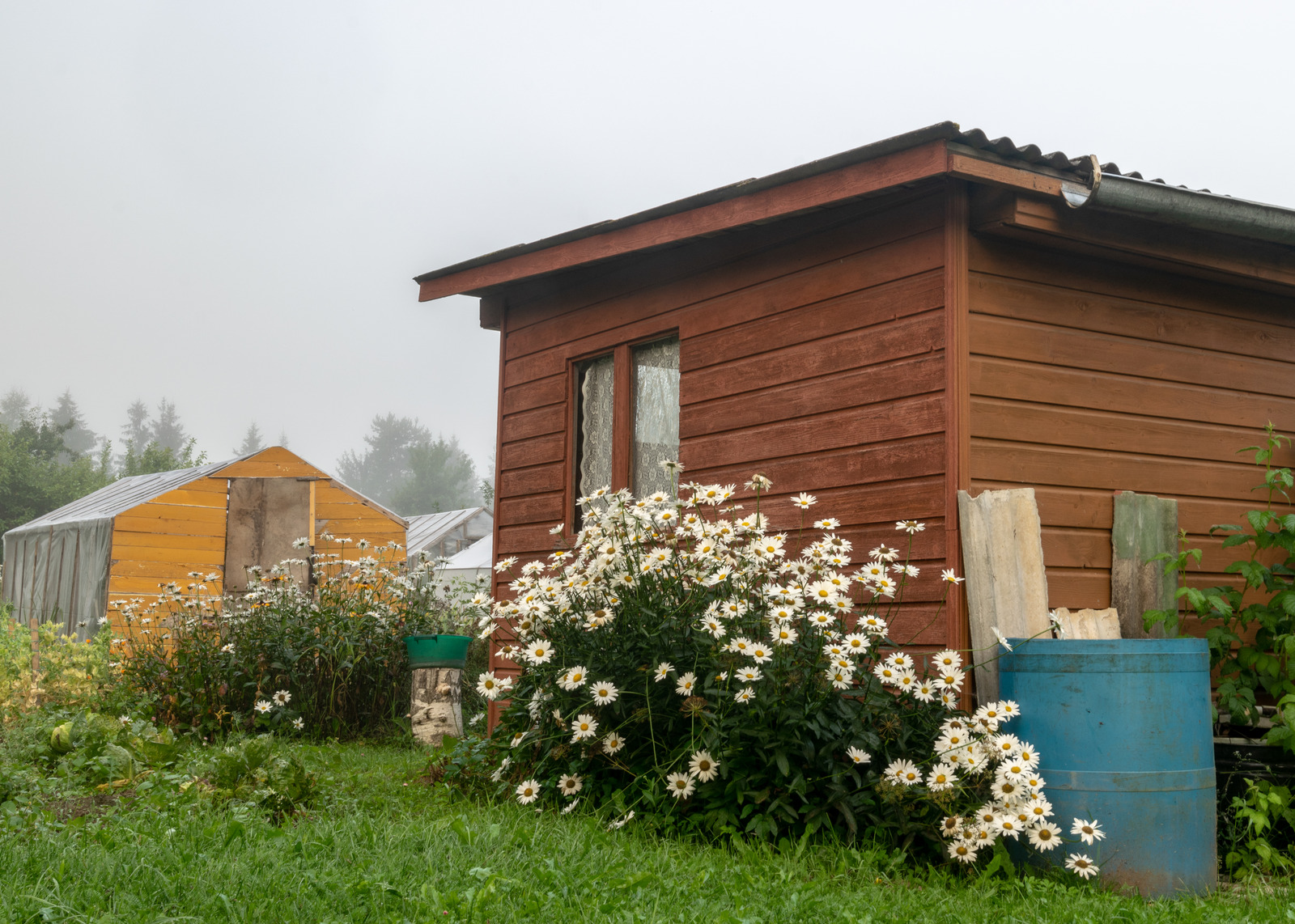In recent years, the popularity of a garden room in the UK has soared. These versatile spaces have captured the imagination of homeowners seeking to expand their living areas without the need for extensive renovations.
Whether used as a home office, gym, or art studio, a garden room offers a unique way to enhance one’s property without the need for planning permission.
But how long does a garden room truly last? This post explores the factors influencing their longevity and offers insights into maximizing the life span of garden rooms.
The Rise of Garden Rooms in the UK
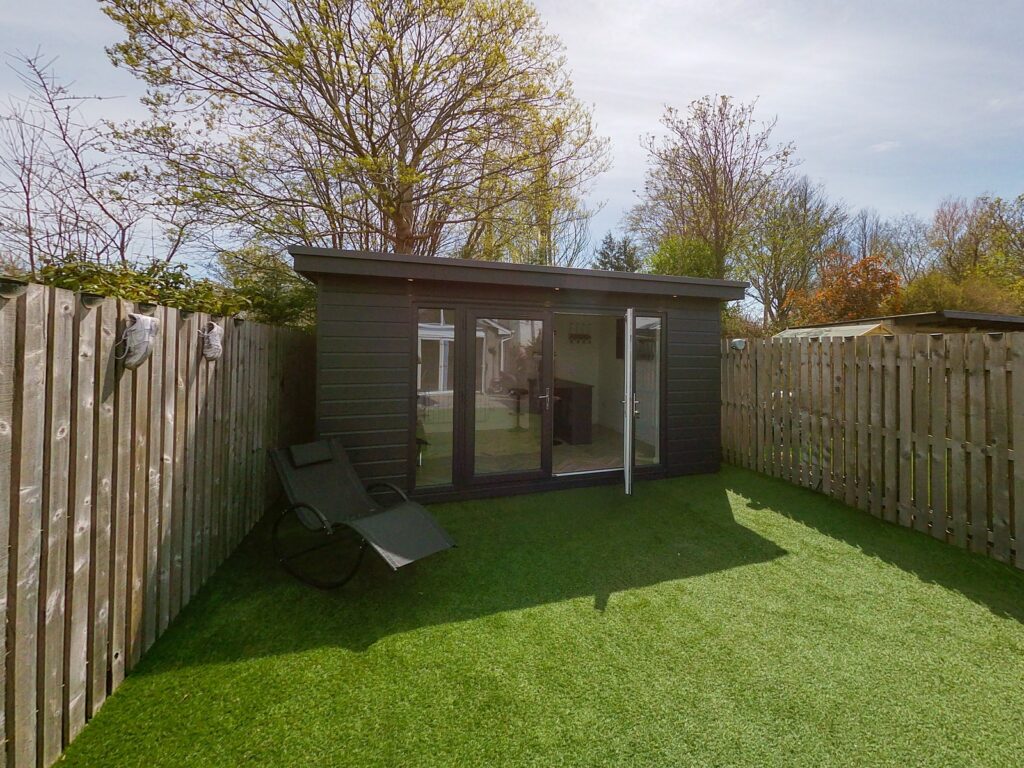
Garden rooms have become a staple in British gardens, celebrated for their multifunctional use and aesthetic appeal. They provide a serene escape from the hustle and bustle of daily life, making them an attractive addition to any home. As the trend continues to grow, many homeowners find themselves wondering about the durability of wooden garden rooms.
These outdoor garden rooms serve a variety of purposes, from cosy reading nooks to fully equipped home offices. Their versatility means they can adapt to the changing needs of a household over time. But with the increase in garden room installations comes the question of their longevity.
How long can one expect a garden room to last amid the unpredictable British weather?
Key Factors Affecting the Lifespan of Garden Rooms

The lifespan of a garden room largely depends on several crucial factors, including the materials used, the quality of construction, and the design. These elements work together to determine how well a garden room can withstand the test of time and the often harsh UK climate.
Materials play a pivotal role in the durability of a garden room. Opting for high-quality, weather-resistant materials such as treated timber, composite cladding, or insulated panels can significantly enhance the structure’s longevity. Each material has its pros and cons, but all should be chosen with durability in mind.
Design and construction quality are equally important. A well-designed garden room that considers factors like proper insulation, ventilation, and drainage can prevent common issues such as dampness or structural damage. Hiring experienced builders who prioritize quality workmanship is crucial to ensuring a garden room’s prolonged life.
Wooden garden rooms such as cedar wood can last up to 20 or more years with proper maintenance. However, this lifespan may vary based on the factors mentioned above. With regular upkeep and using high-quality materials, you can ensure your garden room stands the test of time and remains a cherished part of your home for many years to come.
Prefab Garden Rooms tend to have a shorter lifespan compared to traditional garden rooms. But advances in technology and materials mean that modern prefab structures are now built to last, with some boasting lifespans of up to 50 years.
DIY Garden rooms are becoming increasingly popular, as they offer homeowners a cost-effective way to add extra living space. However, the lifespan of a DIY garden room may vary significantly and is highly dependent on individual building skills and quality of materials used.
Lastly, maintenance cannot be overlooked. Regular upkeep and prompt repairs are essential to preserving a garden rooms condition. Without proper care, even the best-built garden room may succumb to premature wear and tear, reducing its overall lifespan.
Real-Life Examples of Garden Rooms
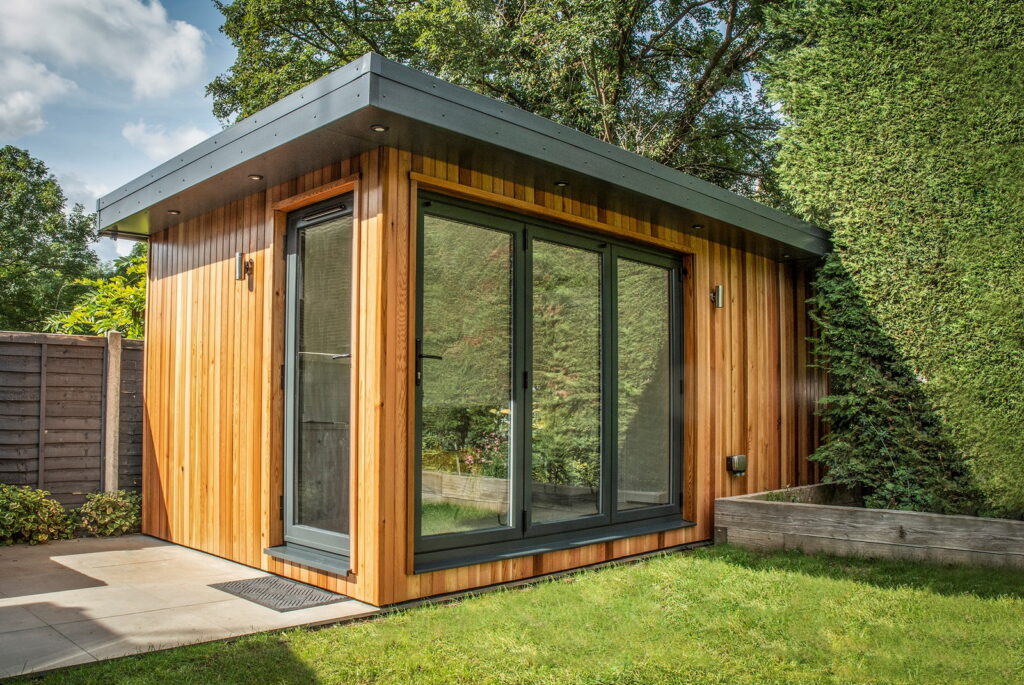
To better understand how long a garden room can last, let’s look at some real-life examples. These case studies illustrate how different garden rooms have fared over time in various parts of the UK, highlighting the diversity of experiences among homeowners.
Case Study 1: In Surrey, a wooden garden room built in the early 2000s remains in excellent condition. Made from high-quality cedar wood and fitted with double-glazed windows, the structure has withstood two decades of weather, thanks to regular maintenance and a sheltered location.
Case Study 2: Modern garden rooms in Manchester, constructed with more budget-friendly materials, shows signs of aging after just ten years. Exposure to frequent rain and inadequate maintenance contributed to its accelerated deterioration, emphasizing the importance of quality materials and care.
Case Study 3: An eco-friendly garden room in Brighton, built using sustainable materials and featuring a green roof, has thrived for over 15 years. Its owners attribute its longevity to both the environmentally conscious design and a commitment to annual maintenance.
These examples showcase the varying lifespans of garden rooms and underscore the impact of materials, design, and upkeep on their durability.
Maintaining Your Garden Room
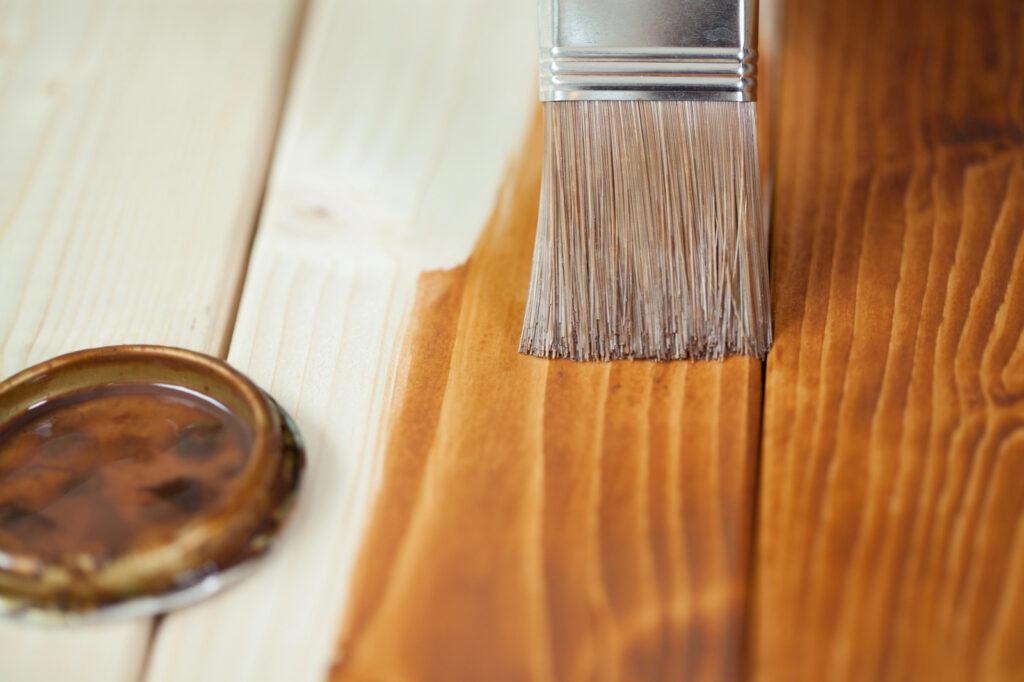
Proper maintenance is the key to extending the life of a garden room. By developing a routine and addressing issues promptly, you can protect your investment and ensure your space remains functional and appealing for years to come.
Seasonal Checklists are an effective way to stay on top of garden room maintenance. In the spring, inspect for any signs of winter damage, such as leaks or rot. Summer is the perfect time to reseal the exterior and refresh paintwork. Autumn calls for clearing gutters and checking the roof for debris, while winter is ideal for evaluating insulation and weatherproofing measures.
Regular inspections help identify potential problems before they escalate. Pay close attention to the roof, windows, and doors, as these areas are most susceptible to weather-related damage. Address any issues promptly to prevent them from worsening and causing costly repairs.
Repair Tips include applying protective treatments to wooden surfaces, repairing damaged seals or joints, and ensuring proper ventilation to prevent mold and mildew. A little effort can go a long way in preserving the integrity and appearance of your garden room.
Insulated Garden Rooms are a popular choice among homeowners concerned with longevity. An insulated garden room will offer added protection against temperature fluctuations, moisture, and noise, extending the life of your garden room.
Double Glazed Windows are another crucial element when considering maintenance and durability. They provide insulation, reduce noise, and prevent condensation buildup, all of which contribute to a healthier and longer-lasting garden room.
Environmental and Legal Considerations of a Garden Room
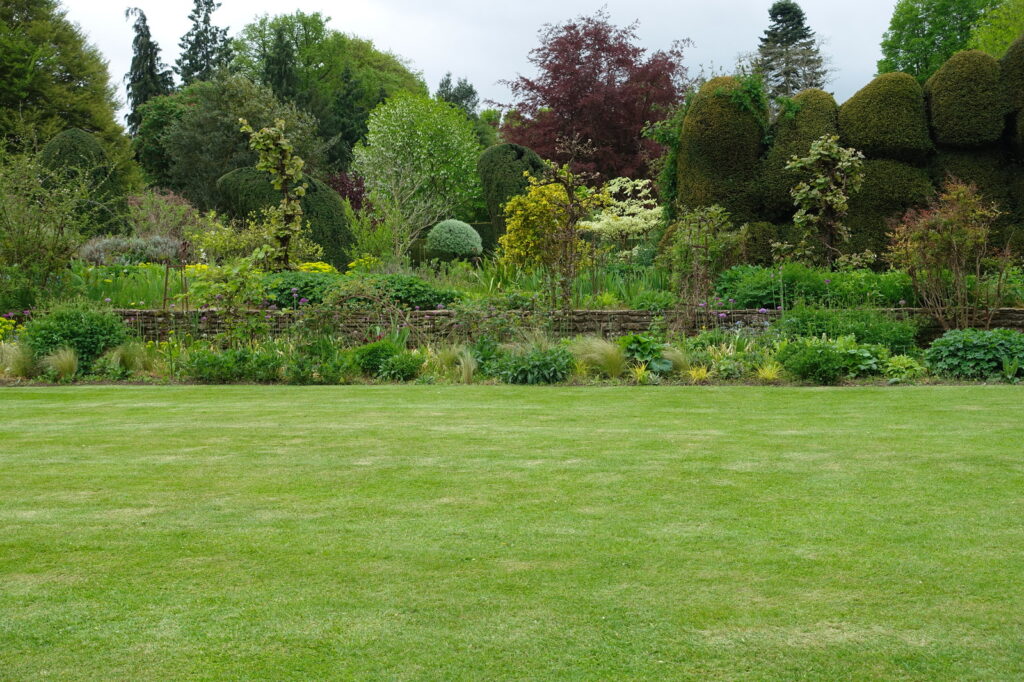
Environmental and legal factors can also influence the lifespan of a garden room. From weather conditions to planning permission, these elements must be taken into account when planning and maintaining your outdoor space.
Weather conditions such as heavy rain, wind, or frost can affect the structural integrity of a garden room. Choosing weather-resistant materials and positioning the structure to minimize exposure to harsh elements can mitigate these risks.
Location is another crucial consideration. Garden rooms situated in areas prone to flooding or subsidence may require additional precautions to ensure their stability. Consulting with a local expert can help identify potential challenges specific to your area and offer solutions.
Legal regulations may also impact the installation and maintenance of garden rooms. In the UK, planning permission is generally not required for garden buildings as long as they meet certain criteria. However, it’s essential to verify local regulations and ensure compliance to avoid any legal issues that could affect the longevity of your garden room.
Garden Rooms Cost is another factor to consider when it comes to longevity. While cheaper materials and DIY options may seem more cost-effective initially, they may require more frequent maintenance or need replacing sooner, ultimately costing you more in the long run.
Conclusion
In conclusion, the longevity of the perfect garden room in the UK hinges on multiple factors, from materials and construction quality to maintenance and environmental considerations. By understanding these elements and taking proactive steps, homeowners can enjoy their garden rooms for many years, enhancing their quality of life and adding value to their property.
A garden room that is maintained year round can serve as a lasting testament to the creativity and vision of its owners, providing a flexible space that adapts to changing needs and lifestyles. Whether used as a retreat, office, or entertainment area, a garden room offers endless possibilities for personal enjoyment and utility.
For those considering investing in a garden room or looking to extend the life of their own garden room or an existing structure, further resources and expert advice are available. By exploring these options, you can make informed decisions that result in a perfect garden room tailored to your needs and preferences.
